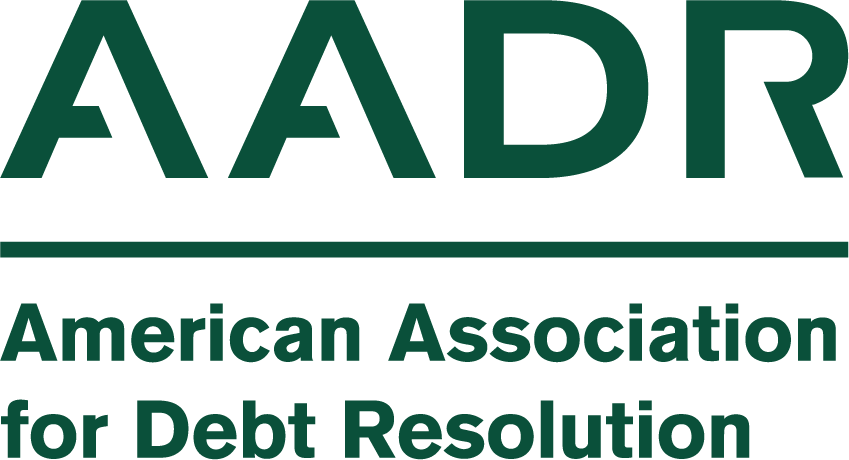By Denise Dunckel Morse
Fifty years ago, women in the United States — including my mother who had a college degree and was balancing work with raising two children — could not apply for credit cards. Now, according to a survey released last year, 90% of U.S. women control their household’s finances themselves, or share it. For Women’s History Month, I interviewed AADR Board Member and Beyond Finance’s Yolanda Schufford about how women use credit today, and why debt resolution remains a vital option amid life’s little emergencies.
It was until October 1974 and the Equal Credit Opportunity Act that women could apply for a credit card in their own name. How are women using credit cards today?
SCHUFFORD: They are still using credit cards to try to catch up post-pandemic, particularly women who were sole proprietors in industries that were shut down — think of a salon owner, for example. Even though these businesses opened back up within a few months, clients were worried about coming back. There were months and even years where these female entrepreneurs lost income. They had to use credit cards for things like groceries and life’s necessities. And now, we have inflation. I know it feels like I am spending more at the grocery store each trip and getting less! These factors have caused more people, not just women, to use their credit cards to survive.
That is so true, especially when women encounter a health issue. What about medical debt? How do other types of unsecured debt affect women?
SCHUFFORD: Emergencies happen, and even healthcare issues that seem relatively mild can add up. I know firsthand that bronchitis, for example, can send a person to the ER a couple of times! Many Americans do not have the savings to deal with an unforeseen medical event. As an industry, we’re seeing a lot of families still dealing with bills from being in the hospital with COVID-19. Or they are still dealing the effects of the illness that affects a person’s ability to work.
Too often as a society we assume if you have debt, it’s because you’ve gone beyond your means. That’s simply not true for many people. As a mother, if my choice is between my child going hungry and debt, or if my choice is between medicine and debt, I’m going to choose to take care of my family.
Of course you are. Why, then, is debt resolution an important product for women?
SCHUFFORD: Debt resolution is freedom, and it’s an alternative for those who don’t qualify for personalloans or want to avoid bankruptcy. As I mentioned, many clients we see find themselves in emergency situations — sudden loss of a job, or caring for an elderly parent. A single event disrupted their budget and before they knew it, there were using credit cards to survive. The average person comes to us with $30,000 debt, but they want to pay their creditors back. Debt resolution offers a path forward. Without debt resolution, regaining financial freedom could take decades. With access to this service, families can be back on their feet within a few years.
In addition to AADR, you’re involved in Women in Debt Relief. Can you tell me about that organization and how it lifts up women?
SCHUFFORD: Denise, you started by pointing out it was only 50 years ago women became eligible to apply for their own credit cards. The financial services sector has been, and still is, a male dominated. Women in Debt Relief helps women advance in this industry. We illustrate why it’s necessary to have women at the table so we can best serve our customers, and we offer continuing education and a job board. We also provide financial literacy education to young women. AADR gives us a platform to advance all of that work.
Let’s talk about that financial literacy education, and the next generation. What advice would you give women in their teens and early 20s about how to stay out of debt?
SCHUFFORD: First, I’d say beware of social media. Look at the Stanley Cup craze. I saw a story about two parents — parents! — who spent thousands of dollars buying their daughter every color Stanley Cup. While at some point you may need to rely on a credit card to get by, don’t use one to keep up with trends. Don’t overcharge. Make sure you have money in your bank account to cover your credit card bills. Interest rates are so high and interest compounds, so anything you don’t pay off adds up quickly. If you’re just making minimum payments, for example, it can take up to 16 years to pay off even a small balance.
Also, when something disrupts your budget, find offsets. Put yourself on a financial fast. We’re seeing student loan repayments come back online now. If that’s happening to you, find ways to cut instead of relying on credit. Making those sacrifices now will mean peace of mind later.
I love that advice from personal experience. I’m wondering: How do you balance using your own credit and the little indulgences of life?
SCHUFFORD: My husband and I love points, but we don’t have revolving debt. He looks at his statement once a month and pays it off. I like my app. After a few purchases, I’ll make a payment. We have different approaches, but we have the same goal and that’s to be debt free.
This type of rigor doesn’t mean you can’t treat yourself. Set a financial goal and when you meet it, splurge a bit. Or do the 52-week challenge, which my husband and I do for fun. And we get a little competitive by the end. We save $1 the first week of the year, $2 the second, and so on, and at the end of the year we use the money to buy something nice for ourselves. Saving gets harder at the end of the year, but you can modify this idea. We see it as more of an exercise to remind us to constantly drive home the importance of saving money. And for those who try this savings plan, the goal could be to delay your “wants” and save instead to you have a pot of money to spend without guilt or debt.



